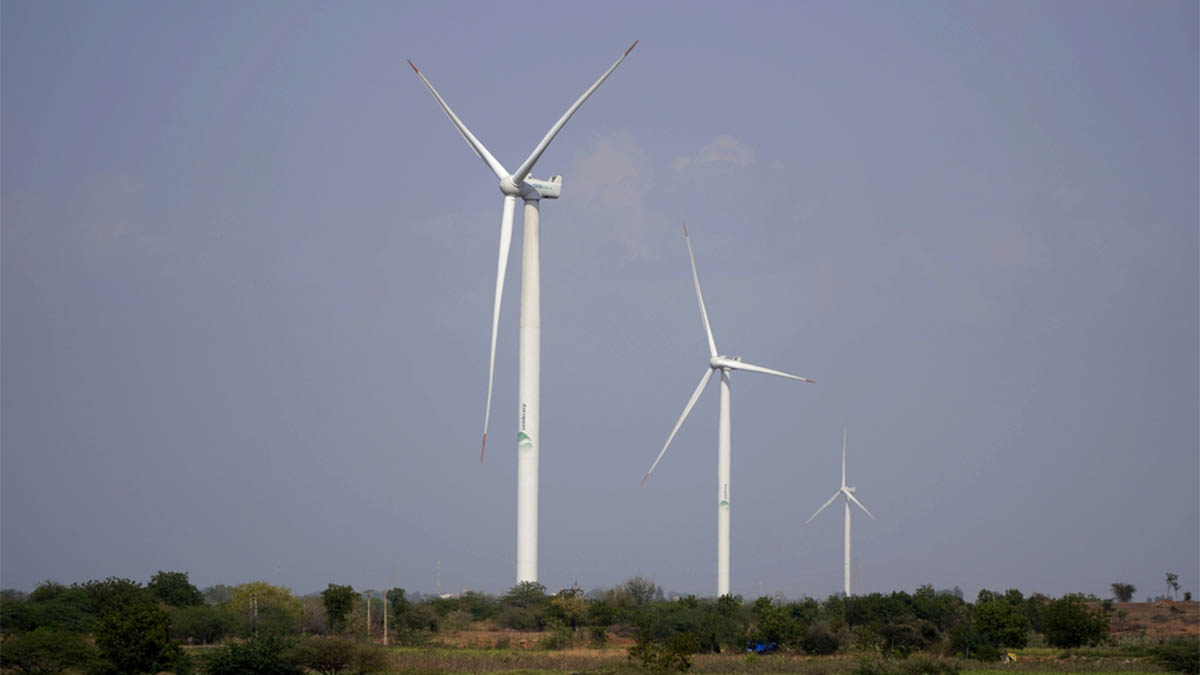As India progresses toward its ambitious renewable energy goals, the upcoming Union Budget holds significant potential to pave the way for a more sustainable and energy-secure future. The renewable energy sector is a cornerstone of India’s climate commitments, with the nation striving to achieve 500 GW of non-fossil fuel capacity by 2030. However, realizing this vision requires a multi-faceted approach that addresses challenges in domestic manufacturing, import dependency, policy predictability, and stakeholder collaboration.
One of the most pressing issues in the renewable energy landscape is the delicate balance between imposing duties on imports and fostering a robust domestic manufacturing ecosystem. Recent government measures, such as Basic Customs Duty (BCD) on imported solar modules and cells, aim to reduce dependency on foreign markets. However, the timing and quantum of such duties must be carefully calibrated to avoid supply chain disruptions. While these duties incentivise domestic production, they also raise project costs in the short term, potentially delaying adoption. To counterbalance this, the government must extend and strengthen schemes like the Production Linked Incentive (PLI) to provide a competitive edge to Indian manufacturers.
The PLI scheme, introduced for renewable energy components, has shown promise in bolstering local manufacturing. However, to truly match global competition, further investment in research and development (R&D) is essential. Domestic players must be equipped with the technology and innovation to produce high-efficiency solar cells, modules, and wind turbines at competitive costs. The budget should allocate dedicated funds for renewable energy R&D, enabling India to leapfrog in global energy technology leadership.
While policies governing the renewable energy sector have significantly evolved, further refinement is required to enhance their structure, predictability, and transparency. Stakeholders, including consumers, discoms (distribution companies), transmission companies, and financiers, thrive in an environment of clarity and trust. Policies must be aligned with the realities of implementation, offering scalability and mitigating risks for investors. For instance, ensuring clear guidelines on open access charges and timely approvals for projects will foster confidence among developers and financiers alike.
Impact Shorts
View AllUniform state policies will play a pivotal role in achieving widespread renewable energy adoption. India’s federal structure often results in varying regulations across states, creating challenges for developers operating nationwide. The budget should encourage states to harmonise their renewable energy policies, including measures such as standardized net metering frameworks and streamlined energy banking mechanisms. Simplified and investor-friendly policies will reduce barriers to adoption, benefiting both consumers and businesses.
An often-overlooked aspect of renewable energy adoption is the importance of round-the-clock (RTC) power. Integrating renewables into the grid at scale necessitates advancements in storage technology and ancillary services. Pro-consumer measures like energy banking and open access charges can provide the flexibility needed for RTC power availability. Similarly, extending subsidies or tax incentives for energy storage solutions will accelerate their adoption, enabling a more reliable and resilient renewable energy ecosystem.
Achieving India’s renewable energy aspirations will require unprecedented collaboration among stakeholders. Consumers need access to affordable and clean energy, discoms must embrace innovative business models, transmission companies must modernize infrastructure, and financiers must deploy patient capital for long-term gains. Public-private partnerships can catalyze this ecosystem, providing the necessary resources and expertise to overcome current challenges.
India’s renewable energy journey is also a critical component of its economic growth story. The sector has the potential to generate millions of jobs, enhance energy security, and reduce carbon emissions. By addressing key bottlenecks in manufacturing, policy clarity, and state-level coordination, the Union Budget can lay a strong foundation for the next phase of India’s energy transformation.
Accelerating the adoption of renewable energy requires a delicate balance between imposing duties to curb imports and fostering a robust domestic manufacturing ecosystem. Incentivizing domestic manufacturers through PLI and R&D investments is crucial to match global competition. Uniform state policies and support for RTC power are equally critical to streamline implementation and drive widespread adoption.
In conclusion, the upcoming budget must be visionary yet pragmatic, addressing immediate challenges while laying the groundwork for long-term sustainability. A structured and collaborative approach will ensure that India not only meets its renewable energy targets but also becomes a global leader in clean energy innovation.
The author is CEO of Oorjan Cleantech. Views expressed in the above piece are personal and solely those of the author. They do not necessarily reflect Firstpost’s views.


)
)
)
)
)
)
)
)
)



